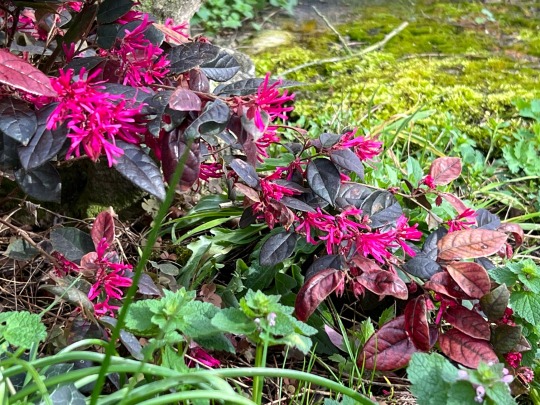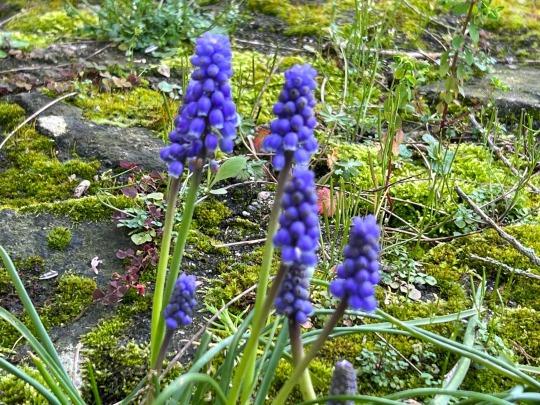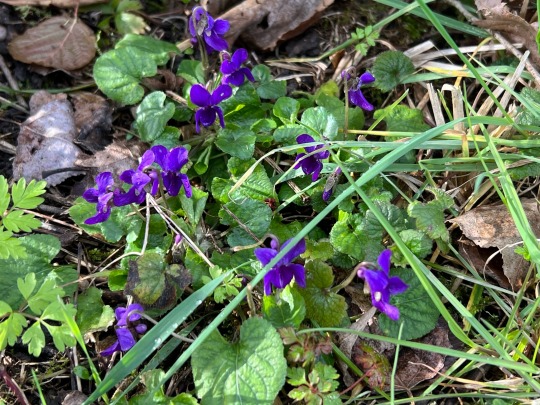#Loropetalum
Text



Plant of the Day
Saturday 23 March 2024
Early in the spring the Loropetalum chinense var. rubrum 'Fire Dance' (Chinese witch hazel) is flowering. The deep pink flowers are a distinctive colour as many spring shrubs have yellow, white or pale pink blooms. This is a small shrub which can reach 1m in height and width.
Jill Raggett
#Loropetalum#Chinese witch hazel#pink flowers#deciduous#shrub#plants#horticulture#gardens#garden#front garden#purple leaves
78 notes
·
View notes
Text

Loropetalum chinense / Chinese Fringe Flower at the Sarah P. Duke Gardens at Duke University in Durham, NC
#Loropetalum chinense#Chinese Fringe Flower#Fringe Flower#Loropetalum#Flowers#Nature photography#Sarah P. Duke Gardens#Duke Gardens#Duke University#Durham#Durham NC#North Carolina
6 notes
·
View notes
Photo

ベニバナトキワマンサク(4月10日)
#Loropetalum chinense var. rubrum#Loropetalum chinense#loropetalum#Chinese fringe flower#strap flower#flowers#kwiaty#japan
4 notes
·
View notes
Photo

Front Yard in Houston
Summertime photograph of a sizable stone garden path in the front yard with partial Mediterranean sun.
0 notes
Photo

Houston Brick Pavers Front Yard
#Design ideas for a mid-sized traditional full sun front yard brick landscaping in summer. pot fountain#shrubs#flowers#white#loropetalum#water feature
0 notes
Text

Foliage of a Loropetalum chinensis ‘Plum Gorgeous’.
#Loropetalum chinensis Plum Gorgeous#gothic gardening#gothic garden#gothic gardener#goth garden#dark foliage plant#plant goths#photographers of tumblr#photographers on tumblr#Australian photography#Australian photographer
10 notes
·
View notes
Text

通勤途中の歩道傍で咲いていた、
白い「トキワマンサク(常盤万作)」の花。
欧文名:Loropetalum chinense
3 notes
·
View notes
Photo

Landscape River Rock
Inspiration for a mid-sized mediterranean full sun front yard river rock and wood fence flower bed.
0 notes
Text
San Francisco Landscape

Photo of a mid-sized rustic full sun backyard retaining wall landscape.
0 notes
Text

2/9/23
#chinese fringe flower#Loropetalum chinense#eucidots#Saxifragales#Hamamelidaceae#plant#flowering plant
0 notes
Text
Carolina Midnight Loropetalum Care: Everything You Need to Know
Carolina Midnight Loropetalum Care: Everything You Need to Know
Shrubs are one of the most versatile and popular plants that can be used in a landscape. They provide beauty and privacy, and most of the time, they’re low-maintenance. Carolina Midnight Loropetalum is a shrub that has it all – stunning deep purple foliage, deer-resistant, and it’s practically easy to care for.
It’s a showstopper in any landscape and it can be used as a hedging plant, foundation…

View On WordPress
0 notes
Text


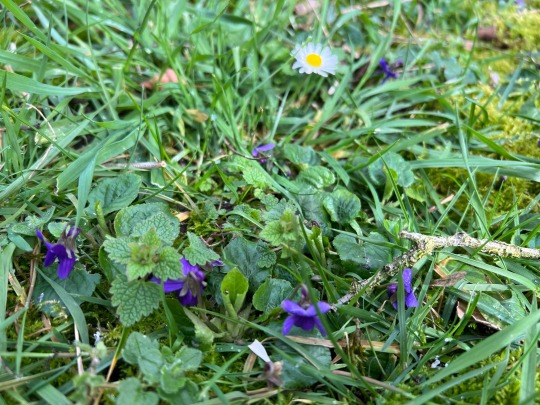


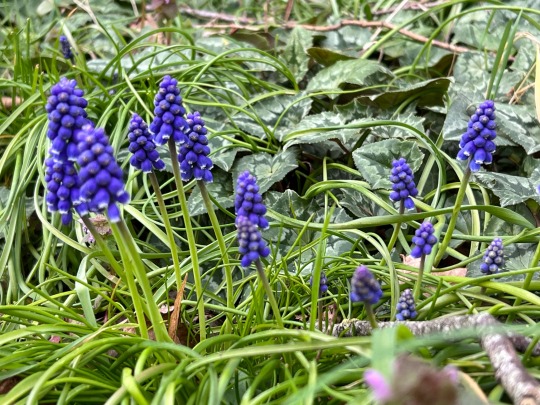
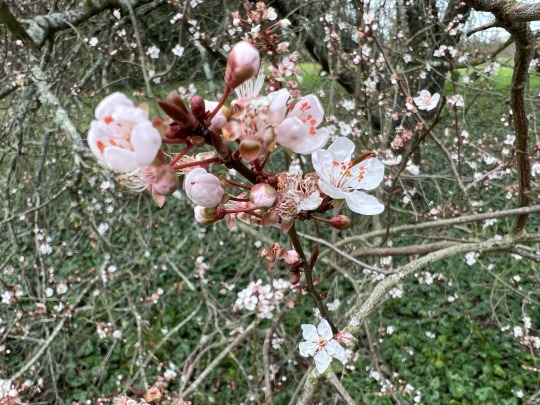



La parade du printemps
2 notes
·
View notes
Photo

ベニバナトキワマンサク(4月5日)
#Loropetalum chinense var. rubrum#flowers#kwiaty#japan#loropetalum#Chinese fringe flower#strap flower
4 notes
·
View notes
Text

Loropetalum chinense
147 notes
·
View notes
Text
Your Melody & hanakotoba (language of flowers)
during the voice drama watch party livestream, hyuga (rimicha's seiyuu) mentioned the meaning of the sunflowers in the pv and how they may relate to his feelings for kirimi-chan. knowing that (and that hanakotoba seems to have some differences here and there) i decided to go down the rabbit hole
disclaimer: i don't know anything about flowers and guessed for some of them, also most of the sources (listed at the bottom of the post) seem to be wikis of sorts run by either a single person or a small group of people
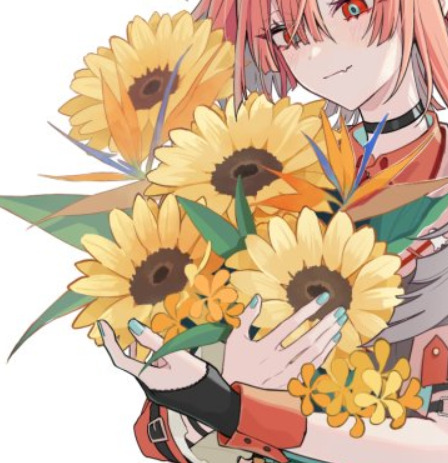
Rimicha
Sunflowers (ヒマワリ/himawari): As mentioned by Hyuga in the voice drama watch party livestream, they tend to mean "I'm looking at only you" and symbolise "longing".
Strelitzia reginae/bird of paradise flowers (極楽鳥花/gokuraku chouka): Pretty hard to translate, but according to my sources, it carries a negative connotation. The best it can probably be translated as is "a love which you are trying to show yourself bigger and better", according to my sources. (To be clear, what's being translated is 気取った愛, which the machine translation didn't give any clues for what it might mean, and a dictionary was somehow even more confusing.)
Oxalis corniculata/creeping woodsorrel (カタバミ/katabami): I honestly don't know if these are the right flowers, but they're the best guess I have for the small yellow flowers at the base of the bouquet. It seems to symbolise "a shining heart" and mean "to be with you".

Hallritt
Geraniums (ゼラニウム/zeraniumu): I can't tell what type of geraniums they could be, but that doesn't seem to matter in hanakotoba anyways. Red geraniums in particular can represent "friendship", "determination", and "solace", and can carry the meaning "happiness when you're there".

Merold
White roses (白いバラ/shiroi bara): Generally represents "purity" (in the "innocent" sense) and "heartfelt respect". It can have the meaning "I am suitable for you", but it seems it can also mean something like "beauty is your only appeal", which is... interesting.
Pink roses (ピンク色のバラ/pinku iro no bara): Seems to represent meanings like "kind heart", "satisfaction", "promising" (in the sense that one could have a "promising future"), and "elegance". It can also mean "first love" or "to be deeply moved".
White lilies (白いユリ/yuri): Again can represent "innocence", but can also represent "unmarked beauty" or "magnificence". It can also mean "a noble personality". (As a sidenote, I think people generally assume you mean a white lily if you just say "yuri".)
Pink lillies (ピンク色のユリ): Much easier than the above, but funnily enough can mean "insinuations" or "words or behaviour that hints at a deeper meaning", and "vanity".
Asters (アスター/asutaa): White asters tend to represent "change" or "reminiscing", and can also mean "a heart that has faith".
Lupinus (ルピナス/rupinasu): They seem to represent "the (power of) imagination" or "being greedy", which is an interesting difference. They can also mean "always content" or "you are my comfort". The last one's kanji can also mean "peace of mind" or "tranquility", so that's what "comfort" means there.
Calluna vulgaris/heather (カルーナ/karuuna): My best guess for the smaller, darker pink long flowers. This one doesn't have many sources for hanakotoba I can find, so the meanings are probably nonexistant, but a few sites I can find are claiming it can mean "self-reliance", "integrity", and "departure".
Loropetalum chinense (白いトキワマンサク/shiroi tokiwamansaku): The best guess I have at the little white flowers with slim petals. This is another one where I had to go digging for other sources for the hanakotoba, so it might just be all made up. Anyway, it can represent "inspiration" or "mysterious powers", or mean "good luck charm" or "I want to love you" (not entirely sure about the last one).
Gypsophilia/baby breath (かすみソウ/kasumi sou): The very small white flowers (notable at the bottom of the bouquet). This is a later edit because someone I know figured it out. Anyway, white baby breath represent "a calm heart" or "a pure heart".
Sources:
https://hanakotoba-note.com/
https://www.hana-navi.net/
http://www.hanakotoba.name/
Specific sources for calluna vulgaris:
https://lovegreen.net/languageofflower2/p282431/
https://hanasaku-gift.com/language-of-flower/caruna-floweringword
Specific source for loropetalum chinense:
https://hananoiwaya.jp/%E3%80%8C%E3%83%88%E3%82%AD%E3%83%AF%E3%83%9E%E3%83%B3%E3%82%B5%E3%82%AF%E3%83%99%E3%83%8B%E3%83%90%E3%83%8A%E3%83%88%E3%82%AD%E3%83%AF%E3%83%9E%E3%83%B3%E3%82%B5%E3%82%AF%E3%80%8D%E3%81%AE%E8%8A%B1/
Other sources for translation help:
Literally just a Japanese person I know
#fragaria memories#picking apart fmm with my bare hands#i'm also interested in the fact that both EVER RED and your melody have a clock ticking in them#fmm talk#if you can't tell i enjoyed the livestream a lot
23 notes
·
View notes
